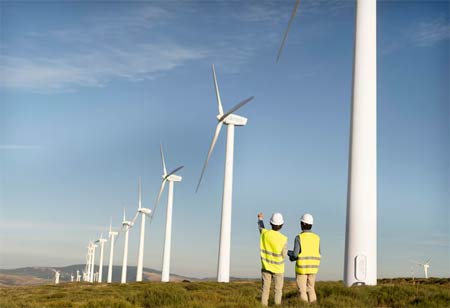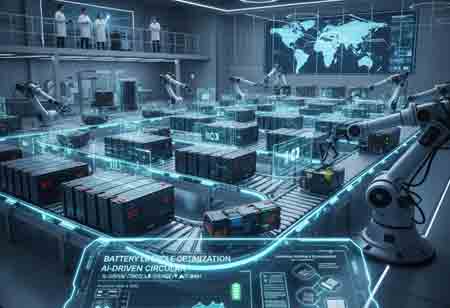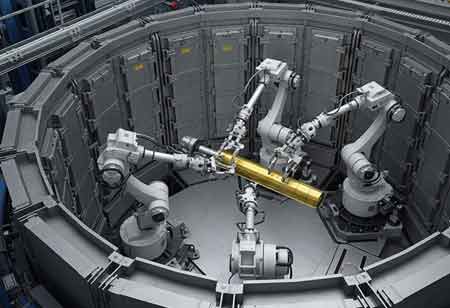CLOSE
Specials
I agree We use cookies on this website to enhance your user experience. By clicking any link on this page you are giving your consent for us to set cookies. More info
Be first to read the latest tech news, Industry Leader's Insights, and CIO interviews of medium and large enterprises exclusively from Energy Tech Review
Thank you for Subscribing
Embracing Wind Power for a Sustainable Planet
Wind energy is power for the future, with undeniable renews and sustainability potential. This power should flourish if these variability, investment, and regulations hurdles can be overcome.

By
Energy Tech Review | Tuesday, September 16, 2025
Stay ahead of the industry with exclusive feature stories on the top companies, expert insights and the latest news delivered straight to your inbox. Subscribe today.
Wind energy is power for the future, with undeniable renews and sustainability potential. This power should flourish if these variability, investment, and regulations hurdles can be overcome.
Fremont, CA: Wind energy is a crucial alternative energy source for reducing climate change, regenerating fuel sources, and significantly reducing greenhouse gases and air pollution, but it demands significant determination and resilience to overcome its challenges.
While still proving a challenge to the power sector, the variability of the element depends on the weather and, therefore, necessitates complex management of the energy grid. Utilities and grid operators must develop advanced forecasting tools and storage solutions to balance demand and supply. Wind energy integration generally requires infrastructure and technological investment for reliable and stable operation in existing power grids.
Despite the environmental friendliness that wind energy projects carry, they expose communities to numerous environmental and social challenges. They can disturb many ecosystems, affect wildlife habitats, and alter land-use patterns. Birds and bats may bump into turbine blades, which raises biodiversity issues. The contest with the local communities does not help in allowing these projects as they find their landscapes and quality of life "devastated." An effective engagement and proper environmental assessment can undertake such complex steps.
The capital cost of wind energy projects is another impediment to growth. While the cost of wind energy has dramatically fallen compared to its previous peak, building wind farms is still financially capital-intensive. These include site development and permitting, the purchase of turbines, and construction. Accessing financing can be particularly challenging for small schemes or areas with weak government support. Overcoming these financial hurdles will require imaginative financing models, partnerships, and incentives to draw investment and boost growth in the sector.
Technological limitations in wind energy production negatively impact efficiency and cost reduction. Despite improved turbine designs, the technology is still developing, making offshore wind farms more complex and expensive. Production and supply chain fluctuations can affect project timelines and costs. Therefore, ongoing research and development are crucial to enhance wind energy technology's performance and reliability.
The regulatory framework also plays a significant role in the wind energy landscape. Policies, permitting procedures, and barriers to regulatory processes must be more consistent and create uncertainty for developers. They make building a structure challenging, delaying projects and increasing costs. Policies must be well-defined and supportive and encourage investment while streamlining the permitting processes to ensure environmental protection.
Public perception and awareness of wind energy play a role in its development. More and more people are realizing the need for renewable energy; however, common misconceptions persist about wind energy's impacts, costs, and reliability. This kind of education and outreach is essential in sharing the benefits and challenges of wind energy while creating a more informed dialogue about its part in the energy transition.

Copyright © 2025 Energy Tech Review. All rights reserved






